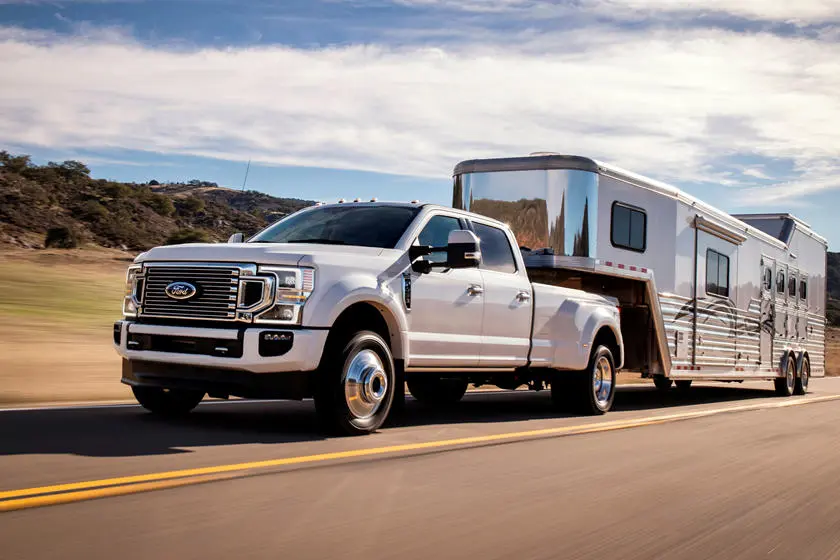Last-mile delivery, the last leg of the production network, is a basic part of the logistics interaction that straightforwardly influences consumer loyalty. As web based business keeps on flooding, organizations are progressively centered around carrying out viable methodologies to guarantee fruitful last-mile delivery. One key methodology is streamlining course arranging and using cutting edge innovation. By utilizing course enhancement programming, organizations can investigate factors, for example, traffic designs, delivery windows, and bundle sizes to make the most productive delivery courses. This decreases delivery times and limits fuel utilization and in general functional expenses. Furthermore, the joining of GPS following and constant updates upgrades straightforwardness for both the organization and the client, permitting them to screen the delivery progress continuously. One more urgent part of last-mile achievement is the foundation of key associations and coordinated efforts. Many organizations are going to outsider logistics suppliers, nearby messenger administrations, or in any event, utilizing publicly supported delivery arrangements.

These organizations can assist organizations with beating the difficulties of last-mile delivery, particularly in metropolitan regions where clog and restricted stopping can hinder proficient conveyances hauling contract. Teaming up with neighborhood organizations or using existing delivery organizations can give an upper hand by taking advantage of their insight into nearby circumstances and laying out a more grounded presence locally. Chasing after manageability, organizations are investigating eco-accommodating last-mile delivery choices. Electric vehicles, bikes, and even robots are arising as reasonable options in contrast to customary delivery strategies. Besides the fact that these choices add to a decrease in fossil fuel byproducts, however they likewise assist organizations with exploring metropolitan regions with natural limitations. Executing green last-mile delivery arrangements lines up with the developing shopper interest for ecologically cognizant works on, improving the organization’s standing and cultivating a positive brand picture. Moreover, client driven systems assume a significant part in the last-mile delivery experience. Offering adaptable delivery choices, for example, schedule openings, impromptu delivery, or even end of the week conveyances takes care of different client needs.
Furthermore, laying out helpful pickup focuses or storage frameworks permits clients to gather their bundles at their favored time, lessening the probability of missed conveyances and improving by and large fulfillment. Giving clients the capacity to redo delivery inclinations through easy to use interfaces further enables them and cultivates a positive connection between the brand and the buyer. All in all, effective last-mile delivery is a multi-layered challenge that requires a mix of mechanical development, vital organizations, manageability drives, and client driven approaches. As online business keeps on developing, organizations should adjust and put resources into hearty last-mile methodologies to fulfill the rising needs of shoppers. By zeroing in on course improvement, shaping key coordinated efforts, embracing supportable delivery strategies, and focusing on consumer loyalty, organizations can beat the intricacies of the last-mile and make a consistent, effective delivery experience that separates them in the serious scene.